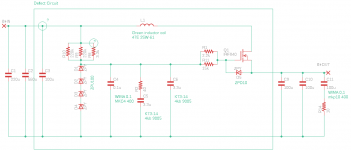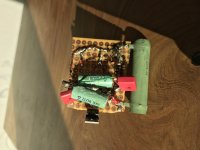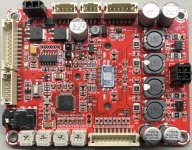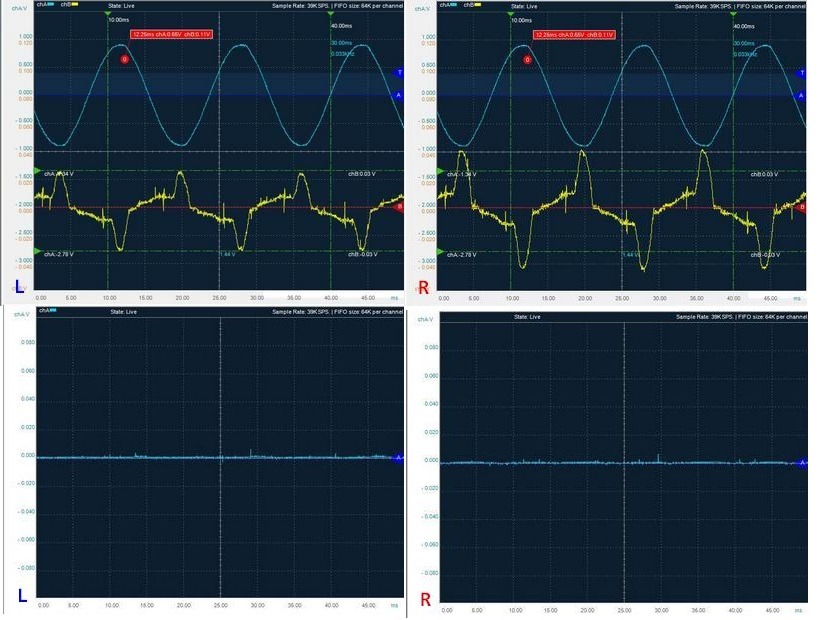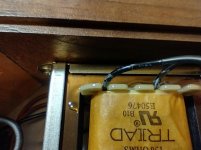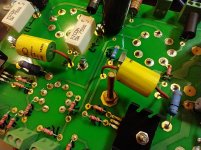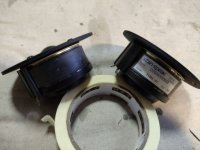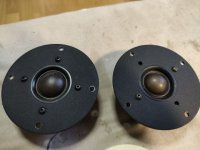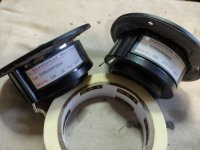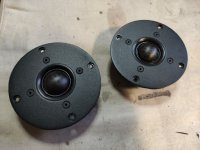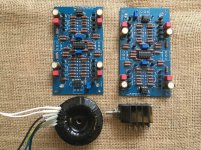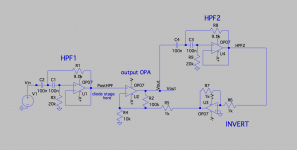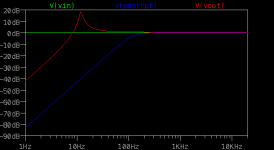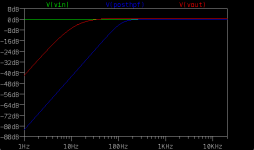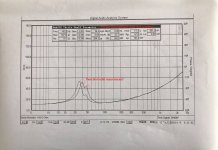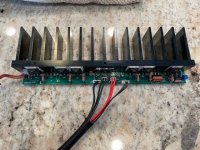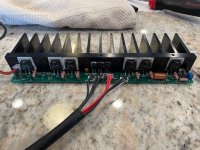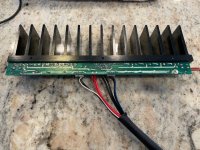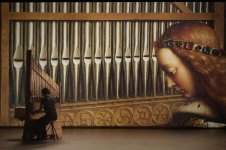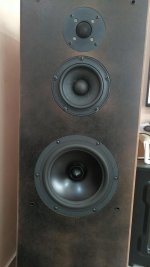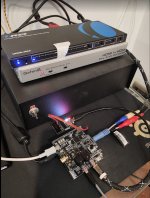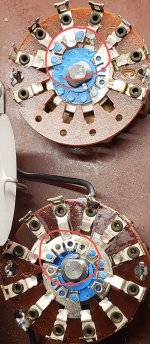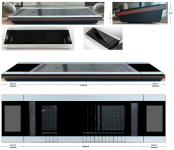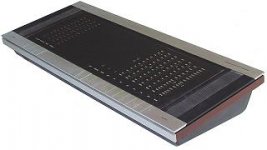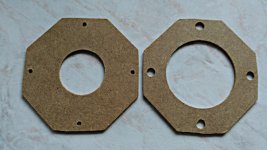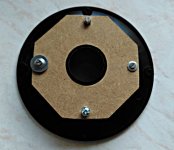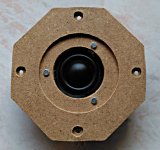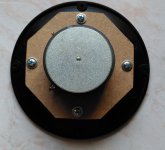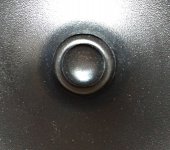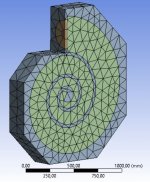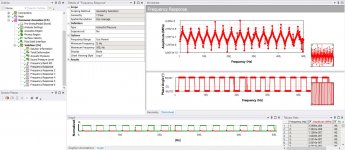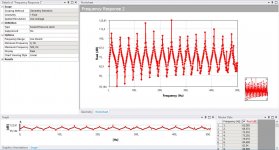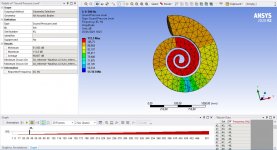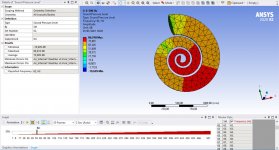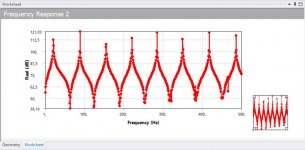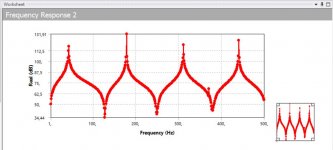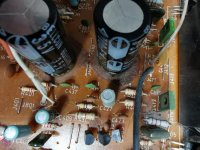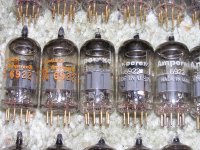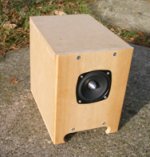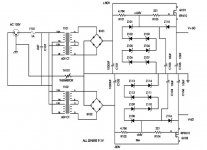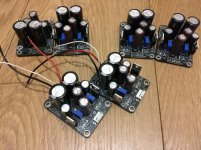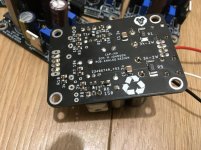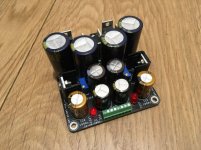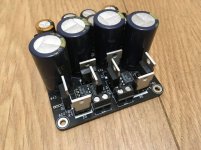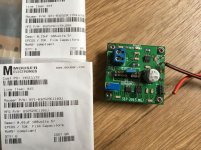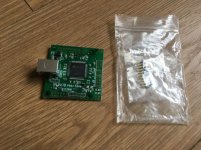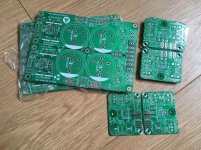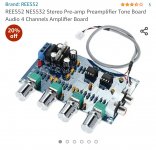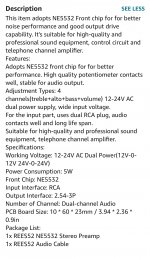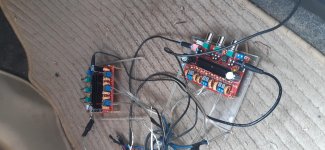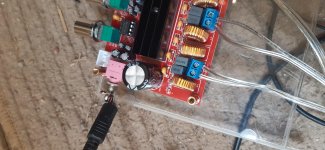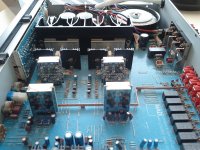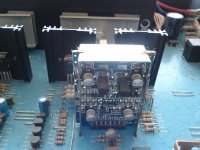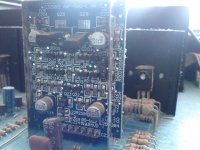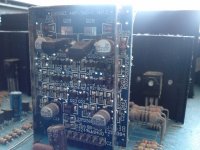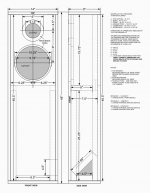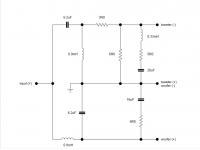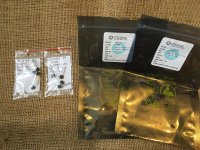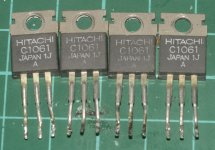Amperex USA Made 6922 Vacuum Tubes Gold Pin AMPLITREX Tested - AD UPDATED
Amperex USA Made ("*" Factory Code) 6922 Vacuum Tubes Gold Pin ("7L" Type Code) AMPLITREX Tested
PLEASE READ THIS LISTING IN ITS ENTIRETY, INCLUDING ALL TERMS AND CONDITIONS!
By purchasing from this listing, you acknowledge that you have read and understood this entire listing, including all my terms and conditions, and agree to accept and abide by those terms and conditions.
I am cleaning out some stuff, and I have this group of 101 Amperex USA made 6922 vacuum tubes.
Price is $3000 for the entire group of 101 tubes (excluding shipping).
I have the descriptions, date/factory codes, test results, notes and "single tube" prices in an Excel spreadsheet, which is too large to post in this ad. The spreadhseet can be downloaded here:
Dropbox - 6922 Tube List Ad.xlsx
"Single" tube prices are listed in the spreadsheet. Discounts may be available for multiple tube purchases (depending on the number of tubes). The price is based on a number of factors including overall Gm, triode balance and my very subjective microphonics test (more detail below). Microphonics is weighted higher than the other factors. For example, if you see a tube that has a good Gm and is relatively triode balanced but the price is lower, then that means it is my uneducated OPINION that the tube may potentially be more sensitive for microphonics.
A quick note about microphonics - all tubes are little microphones and are microphonic to some degree. Whether an individual tube is unacceptably microphonic or otherwise noisy in a certain piece of equipment is anyone’s guess (and generally subjective). The Amplitrex does have a headphone jack for checking noise/microphonics, and I have used this to check these tubes while testing. Unless noted in the spreadsheet, these tubes do not (in my sole and uneducated opinion) appear to be abnormally microphonic (and most appear to be very low on the microphonics scale). With almost all tubes, you can hear the tap of a pencil to different levels. There were some with a little more tap noise than others, but none sounded like church bells in a canyon.
My opinion is NOT, however, an indication of how these tubes will sound or perform in your equipment, and there is absolutely no guarantee against microphonics or noise under any circumstances.
I will consider taking some trade (see the bottom of this listing for further details).
As tubes are sold, I will update the spreadsheet and this listing.
Internal construction of all these tubes appears to be the same, with a large halo getter element. Some are Amperex branded and other are Hewlett Packard branded, with various different types of print.
All but 4 have clear etched "*" factory code and "7L" type code. The 4 where I cannot read the code are clearly part of this same grouping. Dates appear to range from the early 1960s to late 1970s, but most appear to be mid 1960s through mid 1970s.
I tested all the tubes on an Amplitrex AT-1000 connected to a regulated power supply. The tubes were tested in fixed bias mode, and the test cycle was run at least twice for each tube (better warmup time and stabilization).
Test conditions are Vp = 90V and grid = -1.2V. Under these conditions, the spec for transconductance (Gm) on the AT-1000 is 12.5 mA/V (12500 micromhos).
Please note the date/factory codes are sometimes difficult to see, so they are as best as I can read them.
For the purposes of this sale, all of these tubes should be considered USED.
I can provide additional information or photos on request.
GENERAL TERMS AND CONDITIONS
Please note that these tubes are being sold
"AS IS, WHERE IS". There are no returns or refunds under any circumstances UNLESS I have grossly misdescribed what I am selling.
Notwithstanding, I am an honest seller (please check my feedback on EBay, ID=baileyler), and if there are truly any issues with these tubes that were not described (other than microphonics/noise) and can be verified, then I will work with any buyer on a reasonable solution.
For further clarification, I ONLY describe what I know about the tubes, and what I have tested for. While my tube testers tend to be reliable, YOUR TUBE TESTER MAY GIVE A DIFFERENT RESULT THAN MINE, so please take that into account. In the event of a tube tester conflict, MY TUBE TESTER CONTROLS.
AS SUCH, PLEASE NOTE THAT I CANNOT GUARANTEE (OR EVEN REMOTELY PREDICT) HOW THESE TUBES WILL SOUND OR PERFORM IN YOUR EQUIPMENT. ANY TEST RESULTS ARE ONLY PROVIDED AS AN INDICATION OF TUBE PERFORMANCE IN A VERY LIMITED (AND IDEAL) ENVIRONMENT. EXCEPT AS EXPRESSLY INDICATED IN THIS LISTING, I DISCLAIM ANY AND ALL REPRESENTATIONS, WARRANTIES AND LIABILITY WITH RESPECT TO THESE TUBES, OR RESPONSIBILITY FOR YOUR USE OF THEM.
Payment can be via money order/cashier's check/personal check, but all must clear my bank first. Cash is OK for a local transaction.
I also accept Paypal for convenience. IF YOU PAY VIA PAYPAL, HOWEVER, A CONDITION OF YOUR PAYMENT IS THAT YOU EXPRESSLY WAIVE THE RIGHT TO FILE A PAYPAL CLAIM OR CHARGE BACK (but do retain the right to sue me in court should you so desire). While no fee Paypal is preferred, I will cover any Paypal fees.
Each tube will be individually wrapped in bubble wrap and numbered according to the Excel spreadsheet. As a result, please give me a couple of days to pack properly and ship.
Shipping will be via USPS Priority Mail unless otherwise requested.
Please request a shipping quote in advance.
I WILL NOT FALSIFY INFORMATION ON A CUSTOMS FORM.
Shipping terms are EXW US Post Office (INCOTERMS 2010). In accordance with these terms, I will deliver the lot into the possession of the US Post Office, and once in the possession of the US Post Office ALL RISK OF LOSS PASSES TO THE BUYER.
WHAT THIS MEANS IS THAT I EXPRESSLY DISCLAIM ANY AND ALL RESPONSIBILITY FOR DELIVERY (INCLUDING BUT NOT LIMITED TO DAMAGE OR LOSS) BY ANY POSTAL SYSTEM, AND BY PURCHASING YOU EXPRESSLY WAIVE THE RIGHT TO FILE A CLAIM (INCLUDING BUT NOT LIMITED TO BUYER PROTECTION CLAIMS WITH PAYPAL) FOR ANY SHIPPING RELATED ISSUE.
If, however, you have purchased insurance for the item, I will assist to the best of my ability in the processing of any legitimate insurance claim you desire to file.I accept Paypal, US Postal money orders and cash (for local pickup). While no fee Paypal is preferred, I will cover any Paypal fees.
I will consider some trade, but frankly I have no specific needs. Tubes of interest include 5992, L63 (GEC tubular brown base), 805, 5Y3GB (Euro), 7731, 45, KT90 (EI), 7189, ECC801s (Telefunken, Siemens), a single like new testing Telefunken E88CC (Ulm factory, 1960 date), a single like new testing Brimar CV1985 brown base (KB/FB,1950s) and various other things at the right value. I have too much equipment at the moment, but might be interested in an 845 or 211 based amp (and power tubes). A higher-level gaming computer or parts (CPU, GPU, MB, SSD, RAM, display, VR, etc.) or a recent-gen iPad/Mini/Air (or similar) may also be of interest.
In any event, it does not hurt to ask, as something my catch my interest, but please keep in mind that my asking price is a bulk/volume price, so do not expect to get full retail price for your items of trade.
Please check my feedback on Ebay (ID=baileyler) and buy with confidence.


